DASSAULT AVIATION Falcon 7 Series User manual




















Table of contents
Other DASSAULT AVIATION Avionic Display manuals
Popular Avionic Display manuals by other brands
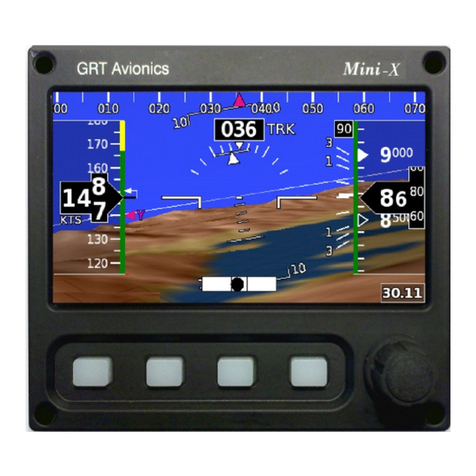
GRT Avionics
GRT Avionics Mini-X EFIS Installation & user manual
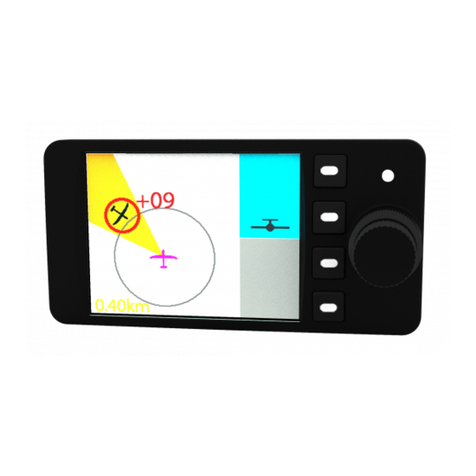
air avionics
air avionics ATD-11 installation manual

PS Engineering
PS Engineering PMA8000G Pilot's guide and operation manual
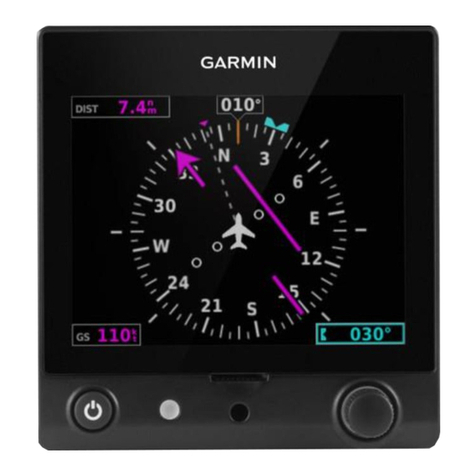
Garmin
Garmin Approach G5 - GPS-Enabled Golf Handheld Maintenance manual
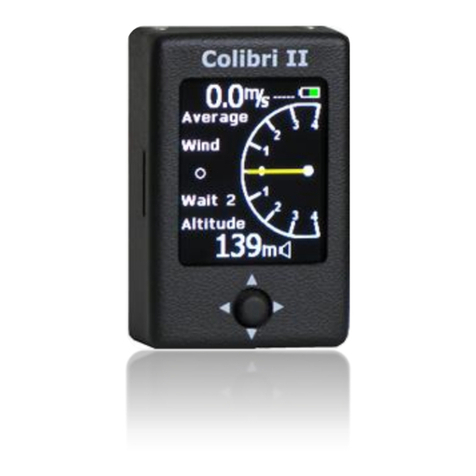
LX Navigation
LX Navigation Colibri II manual
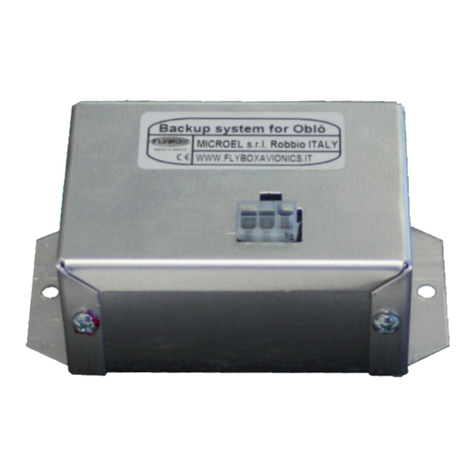
Flybox
Flybox Oblo backup system 2.0 manual
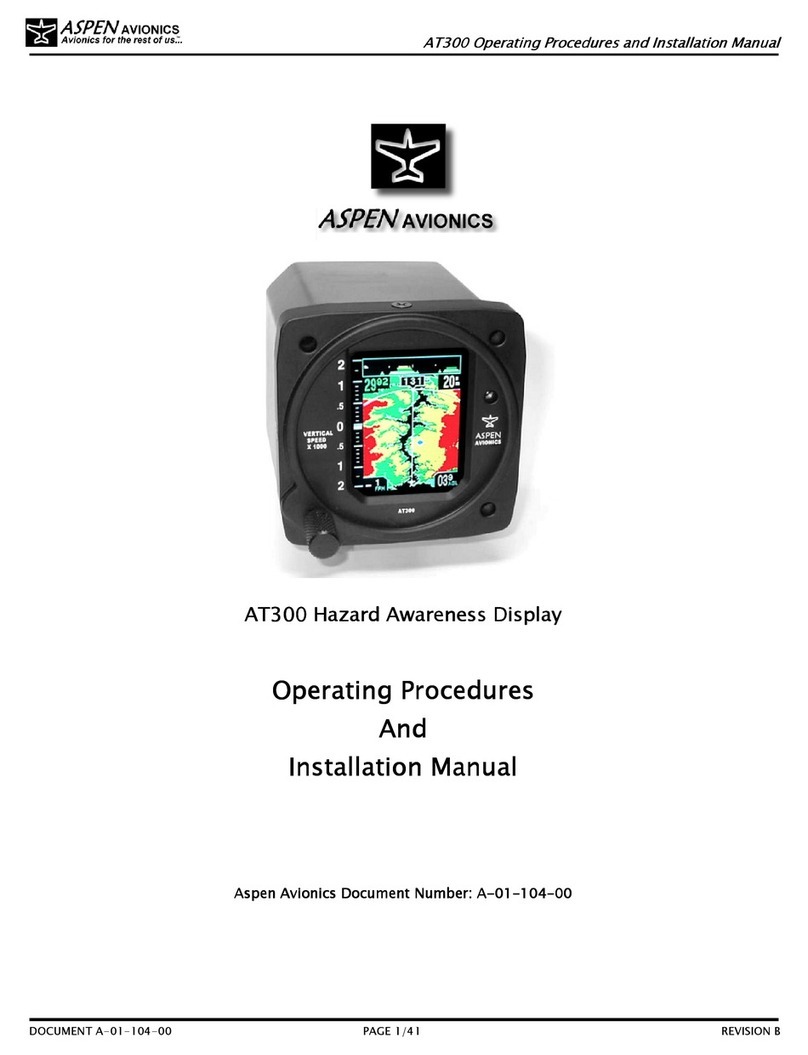
Aspen Avionics
Aspen Avionics AT300 Operating procedures
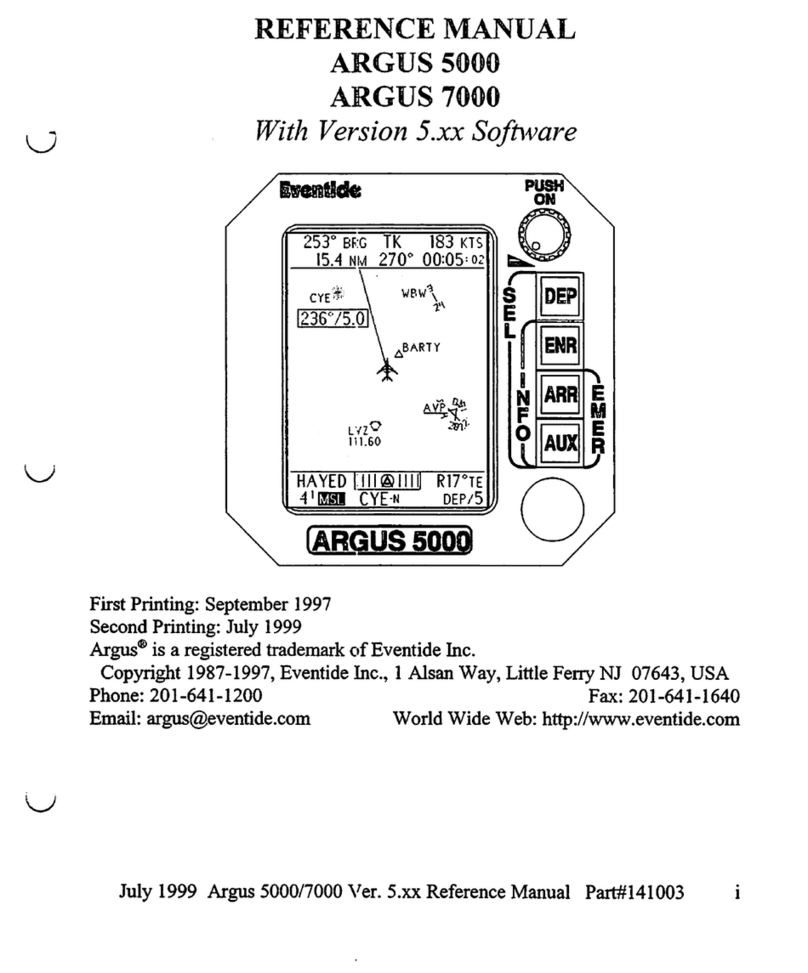
Eventide
Eventide ARGUS 5000 Reference manual
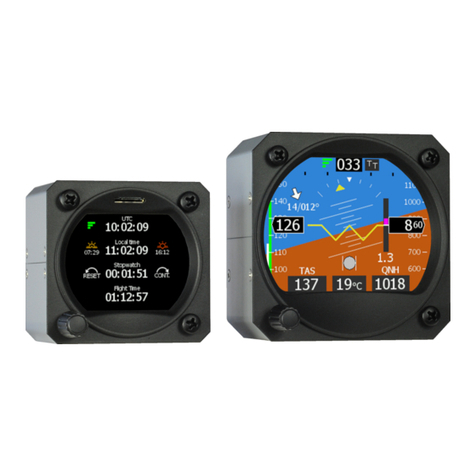
Kanardia
Kanardia Horis Installation and user manual
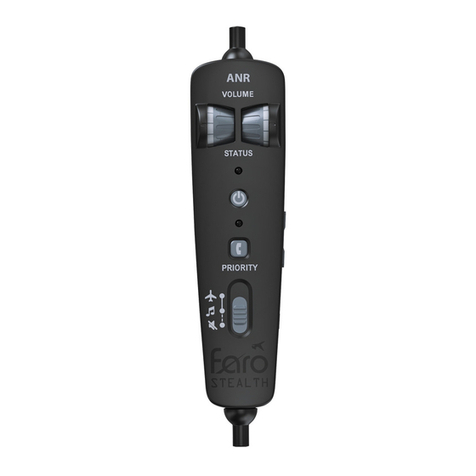
Faro
Faro Stealth Audio Link user guide
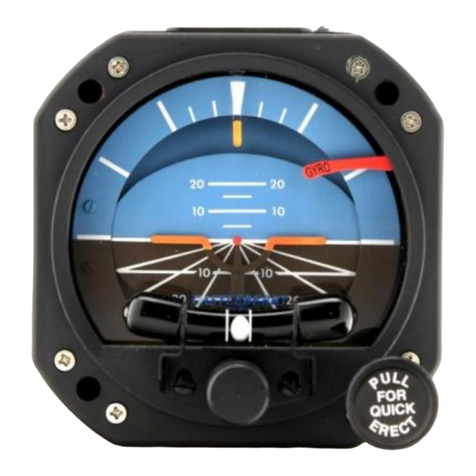
Castleberry Instruments & Avionics
Castleberry Instruments & Avionics 300-14EL Selection and Installation Guide
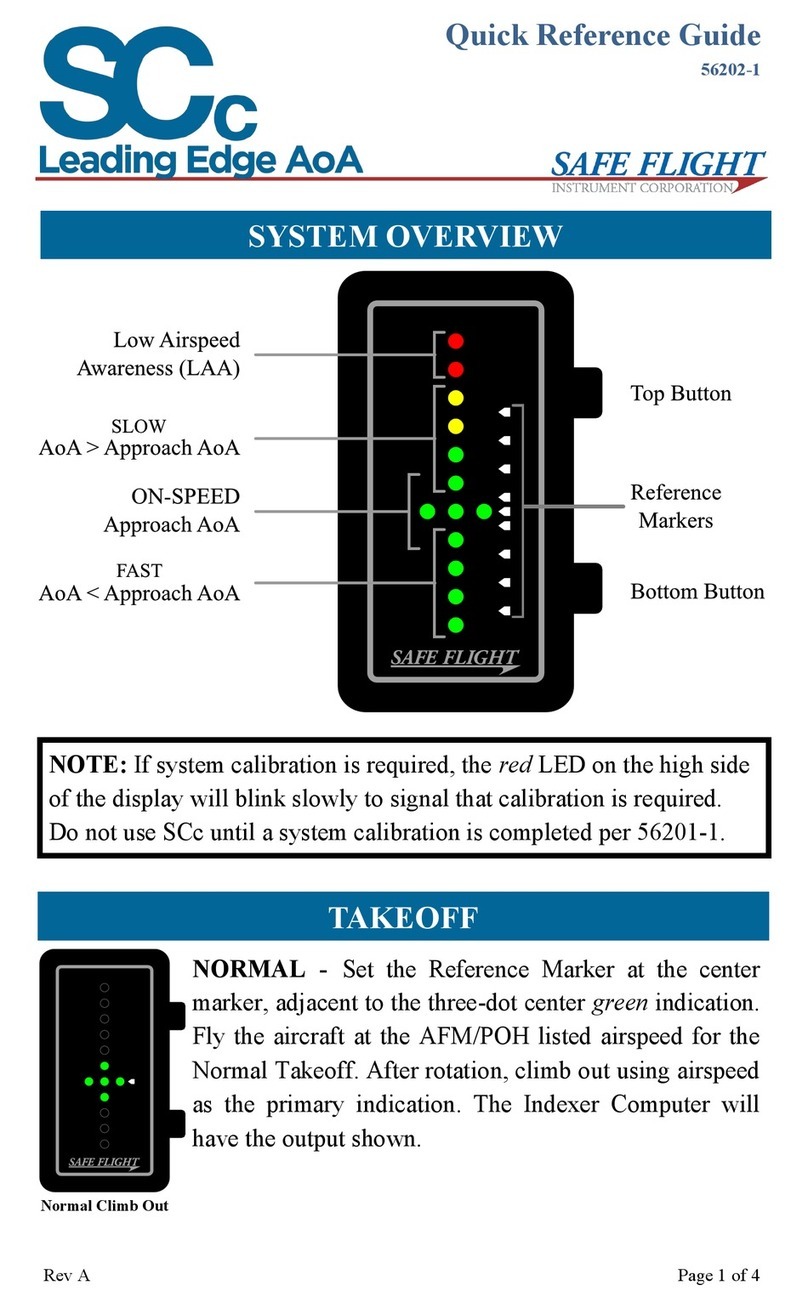
SAFE FLIGHT
SAFE FLIGHT SCc Quick reference guide
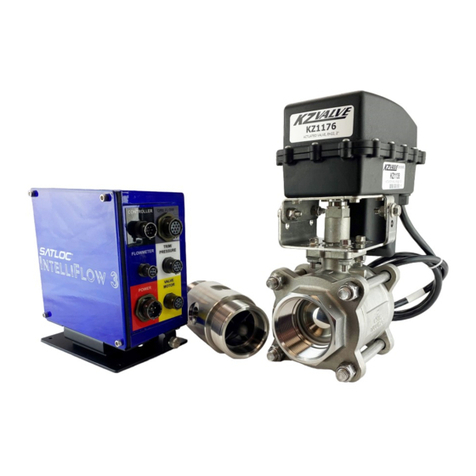
Satloc
Satloc INTELLIFLOW 3 installation guide
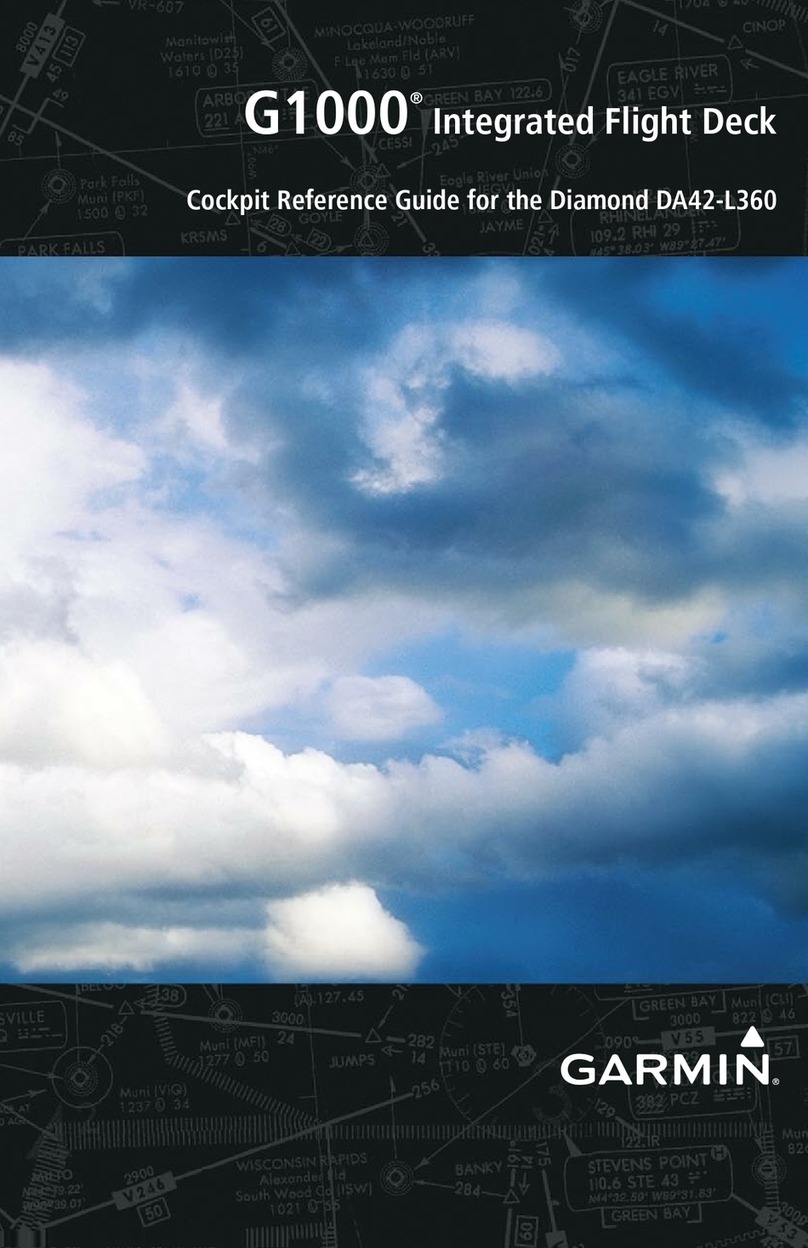
Garmin
Garmin DA42-L360 Cockpit reference guide
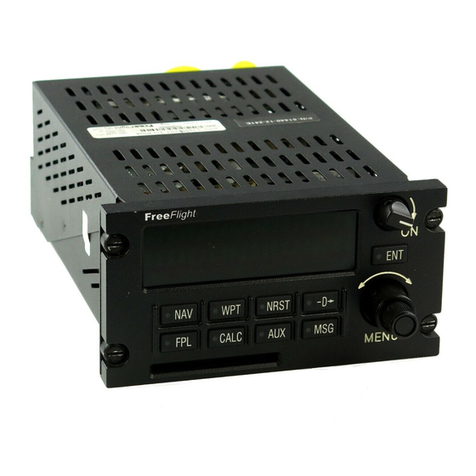
FreeFlight
FreeFlight 2101 I/O PLUS COMPONENT MAINTENANCE MANUAL WITH ILLUSTRATED PARTS LIST
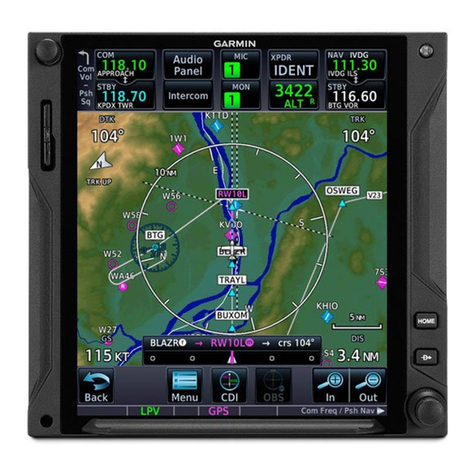
Garmin
Garmin GTN 6XX System maintenance manual
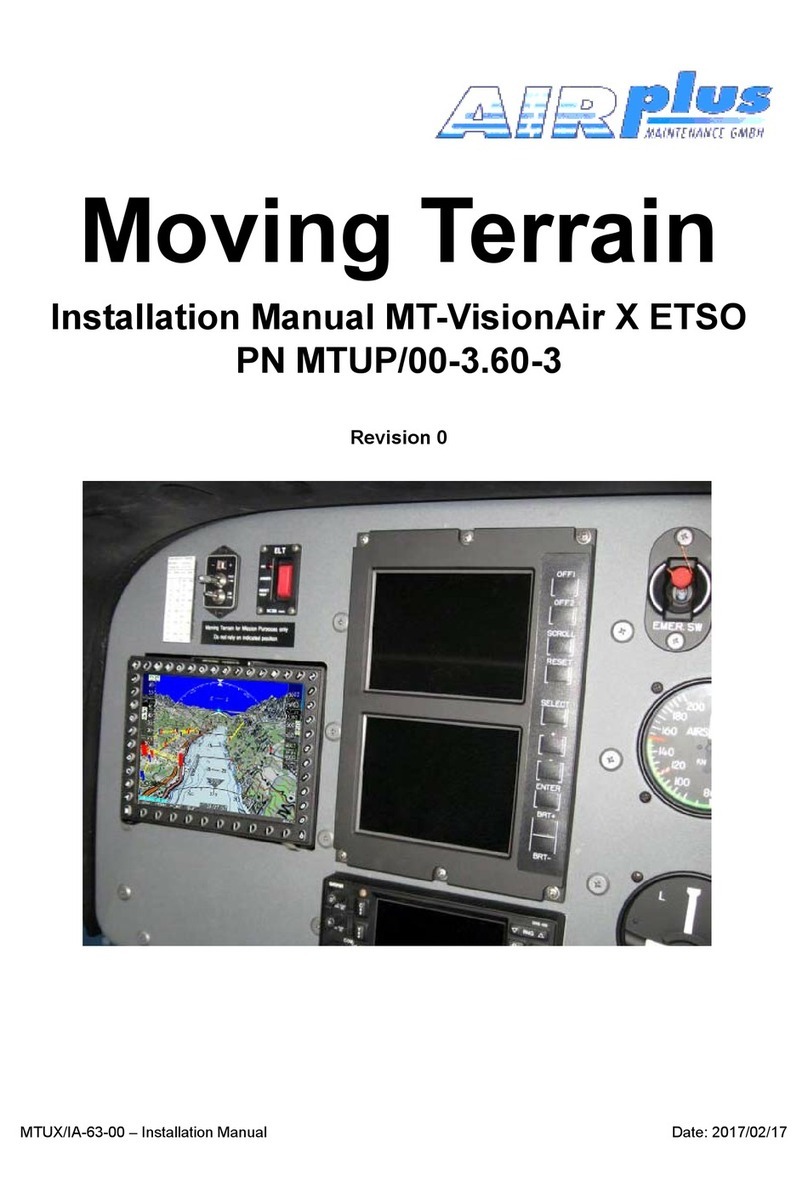
Moving Terrain
Moving Terrain MT-VisionAir X ETSO installation manual
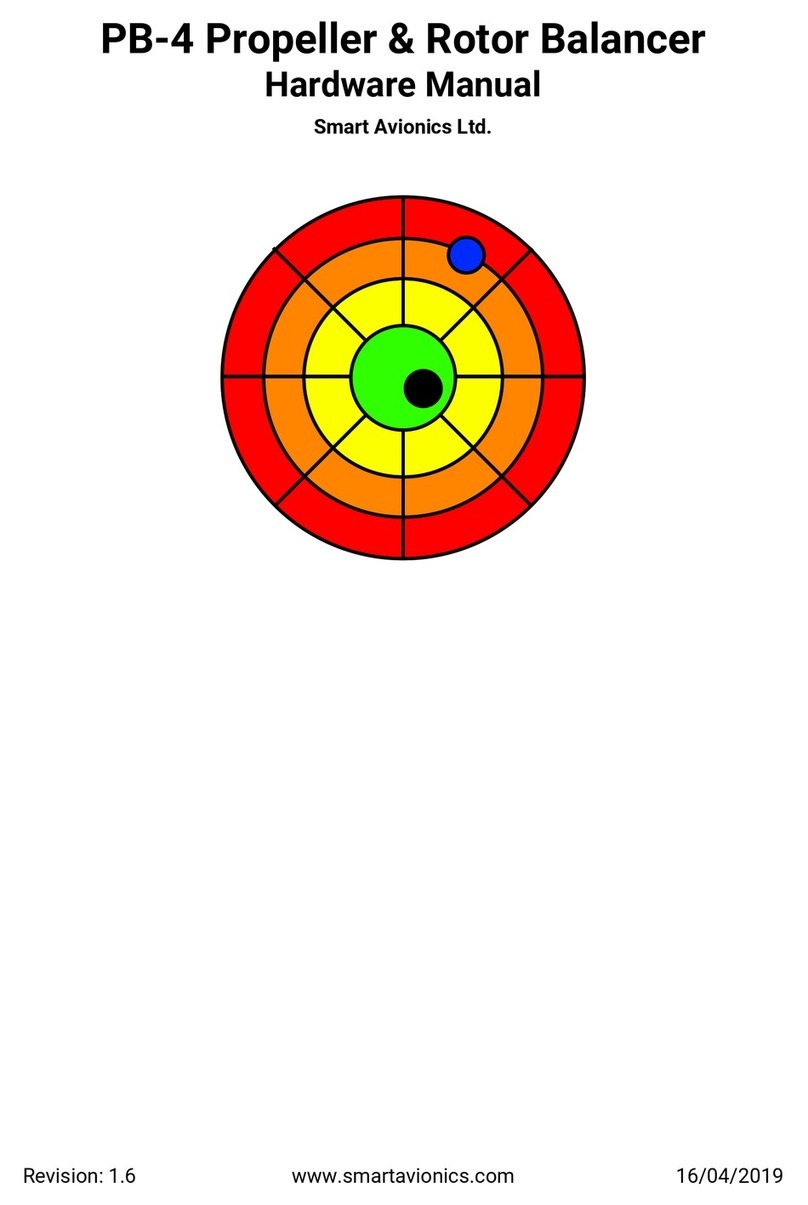
Smart Avionics
Smart Avionics PB-4 Hardware manual
